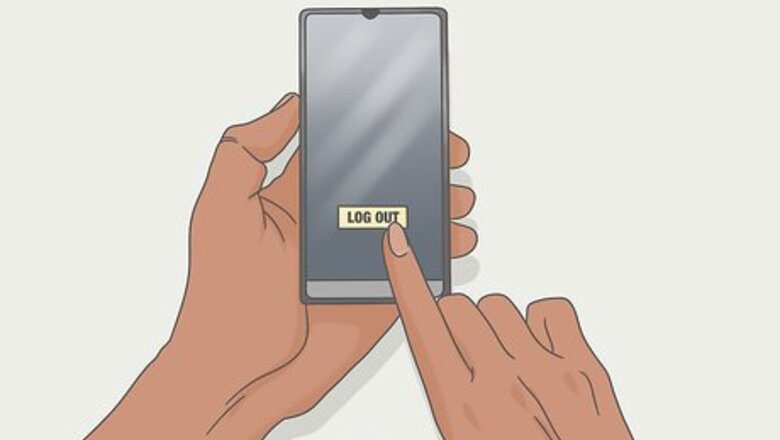
views
- Set yourself up for success and plan for your detox by picking a reasonable timeframe for the cleanse.
- Make the most of your detox by volunteering, reading, learning a new skill, and socializing with loved ones.
- Ease yourself back into the digital world slowly so you don't get overwhelmed by information overload.
Planning Your Digital Detox

Log out of social networks. Nothing can ruin a digital detox or any peaceful time like an electronic device that’s beeping, binging, and chirping every two minutes. Staying logged in will make it easy for you to quickly turn on your device, especially if you have widgets, and check your social networking updates. Logging out and turning off all notifications for social media can help you stick with your detox. You don’t need to disable your account, but you can log out of the app on your device. You can log back in once your digital detox is over. Make sure you know your login information before you log out of the app. Turn off your alerts and notifications if you can’t or don’t want to log out of your apps.
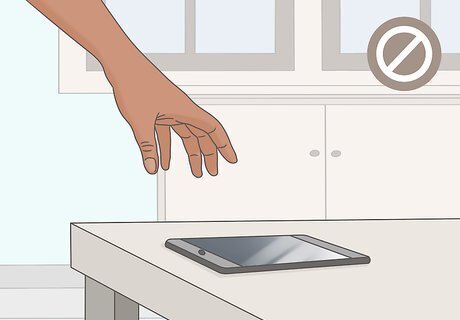
Put your electronic devices out of reach. When your device is right by your side you may be tempted to check it to make sure you aren’t missing anything. Keeping your phone, tablet, or laptop at a distance will make it easier for you to do a digital detox. Remember the adage “out of sight, out of mind.” Put your device in a closet, drawer, or somewhere out of sight. If you need to, ask a family member or close friend to keep your device for you during your digital detox.
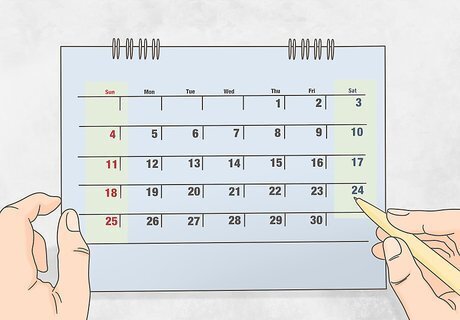
Choose when to detox. Although you may want to start your digital detox right now, you should think about the timing of your detox first. Deciding to log off during a peak work time or around exam time during school may not be the best decision. Choose a time when you have fewer responsibilities and when there will be less consequences for missing a message or two. Think about having your detox over a weekend, school break, or holiday. You are less likely to receive important messages during those times. Look at your calendar and pick a time when you don’t have any upcoming deadlines or important events. This way you won’t miss updates about them.

Decide how long to detox. In general a digital detox will last for about one to two days. This gives you time to connect with your friends and family and do some of the things you’ve been meaning to do. But, if you have a lot of obligations, this might be too long for you. Deciding how long to detox will help you plan for it and anticipate any issues that may come up during your detox time. Consider your responsibilities and obligations. How long can you digitally detox without getting behind in your work? Think about people that depend on you. Ask yourself if there is anything you would need to do online for them during this time.
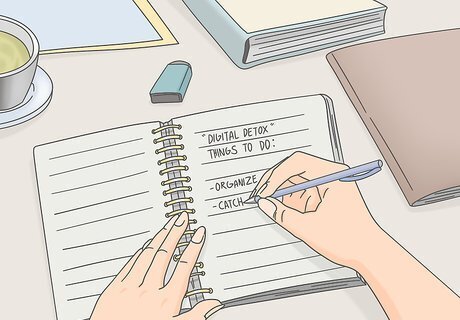
Motivate yourself. Deciding to do a digital detox can be a big decision. You may worry about what you’ll miss by logging out. You might even wonder what you’ll do with your time that would be meaningful. You can do a digital detox if you remind yourself of all the good reasons why you should take this time to log off and unplug. Make a list of three to five things you want to try to get done during your detox time. For instance, you might write that you want to work in your garden, organize your closets, or catch up with old friends. Remind yourself of the benefits of the detox. For example, tell yourself, “I’ll feel more relaxed, in tune with myself, and in tune with my family and friends.” Tell yourself that the detox will give you a break from some of the information-overload you may be feeling.

Think through the logistics. You may not realize all the ways in which you depend on your smartphone and other devices in your day-to-day life. For instance, if you use your phone as an alarm, do you have an alarm clock you can use while you detox? If you want to listen to music during the detox, do you have a radio? If you use your phone or computer for driving directions, do you have maps so you won't get lost? Before your detox, try to note all the different ways in which you rely on your devices and think of other ways to meet your needs. You may also need to think about how you will do this if your family is not participating in the detox. What will you do if everyone is watching TV? Do you have a digital-free area where you can retreat to read or work on a craft project? How will you fill your time and avoid the temptation when other people are using their devices?
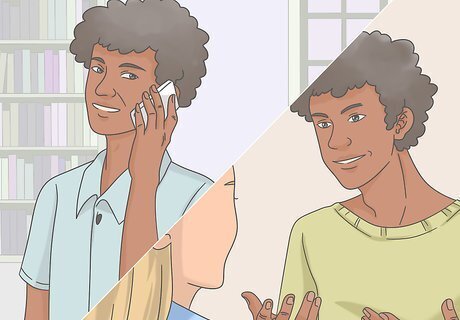
Give advance notice. If you are including work or school in your digital detox, you may need to let others know what you are doing. This way they can let you know what’s going on and you won’t miss messages about major deadlines or other important information. Do you have a landline so that someone can call and reach you in case of an emergency? You might also want to let family members know that it's okay to show up unannounced if there is an emergency. Ask someone to contact you with important messages if your digital detox is going to last more than 12 hours. For instance, say something like, “Could you call me on my landline if we have a schedule update at work?” If you primarily communicate with people via text, email, or messaging, you may want to let them know what’s going on.
Making the Most of Your Detox

Help someone. One great way to make the most of your digital detox is to spend some of your time doing something to help someone else. It doesn’t have to be a big thing like repainting their house, but you can take an hour or two to do something that benefits someone else. Volunteer for a cause or organization that you support or attend a charitable event in your neighborhood. Offer to go grocery shopping for your dad, walk your neighbor’s dog, or help your friend wash her car.

Meditate and relax. During a digital detox is a great time to practice relaxation techniques and calming strategies. When your detox is over, these strategies will help you release stress and tension when you begin to feel digital overload or stress in general. Try spending just five to 10 minutes meditating. Get comfortable and try to focus on your breathing. If you find your thoughts drifting, gently bring them back to your breathing. Practice deep breathing techniques. Slowly inhale into your belly, hold it, and then slowly exhale. Repeat these steps for a few breaths.
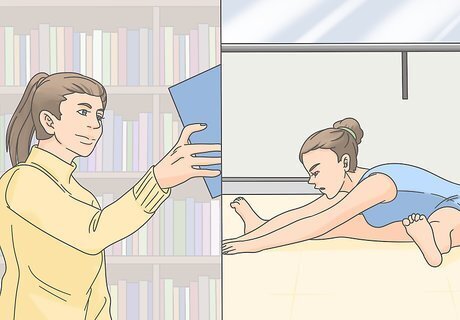
Learn something new. One of the challenges of doing a digital detox is boredom. You may be so used to being online that you don’t know what to do with your time. You can use your time during your digital detox to try a new activity or learn a new skill. Read a book or article about a topic that interests you. You can even go to the library to look at a hard copy instead of a digital one. Take a class or lesson to learn a new skill or talent. For instance, take a gymnastics class or sign up for foreign language lessons. If you love watching DIY craft videos online, try actually taking up the crafts and making something during your detox.

Socialize with loved ones. It can be easy to let social networking and messaging take the place of face-to-face or even phone interaction. You can make the most of your digital detox by spending at least some of your time with your family and friends. You can use this time to catch up, talk, or just hang out. Give them your undivided attention when you’re together. You don’t have your electronic device distracting you, so look them in the eyes and show them you’re listening. Invite them somewhere or accept their invitations to go out. Catch a movie, grab some coffee, or play some basketball.
Easing Back into the Digital World
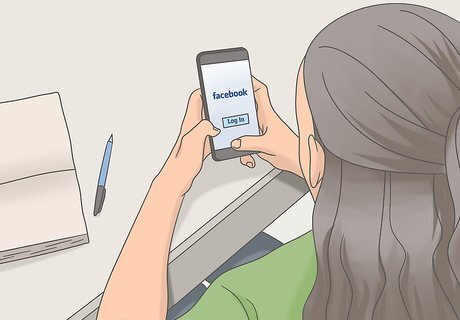
Log in one app at a time. Ease yourself back into the digital world. This way you won’t become overwhelmed by the information and entertainment. It will also give you the opportunity to think about which social networks, apps, and games and actually want and need to use. Start by logging back into your primary email account. Prioritize your messages and respond to those you need to. Delete any messages that aren’t important and take a few minutes to unsubscribe to any newsletters or updates you don’t really need.
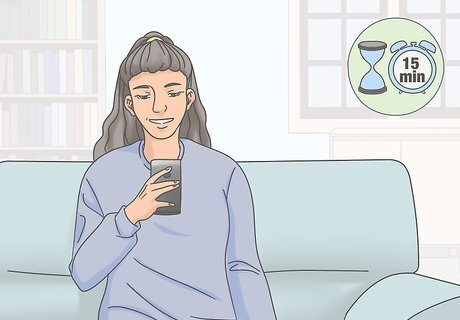
Limit yourself. After your detox, try setting limits for your digital time. This way you can avoid getting caught up in the never-ending cycle of emails, alerts, updates, and posts. Try checking and responding to emails only in the morning (between the hours of 9 and 10am, for instance) and at the end of the day (from 4:30 to 5pm). Turn your notifications off on social media apps and sites. This way you won’t be tempted to check every time your electronic device beeps. Limit the time you spend on social networking sites. For example, you might set a limit of 15 minutes for being on Twitter or Snapchat.
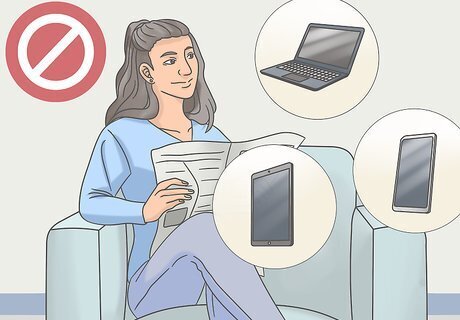
Do a mini detox. You will get the most benefit out of your digital detox if you make it something that you do more than once. You don’t have to do a full detox for a day or more, though. Doing a mini detox, even for just an hour or two, might help you briefly recharge and relax. Consider the hour before bed as a non-digital time. Put your electronic devices on vibrate and turn any non-essential alerts off. Have a regular weekend detox for a few hours. For example, you might want to spend every Sunday morning free of your electronics.


















Comments
0 comment